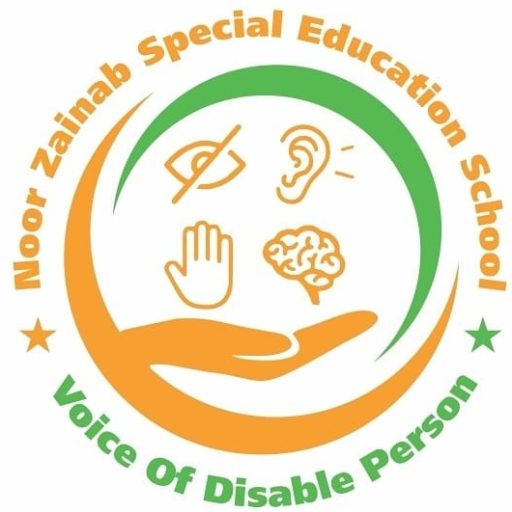Dyspraxia and Co-occurring Conditions: A Comprehensive Review
Developmental Coordination Disorder (DCD), another name for dyspraxia, is a neurological disorder that impairs motor coordination and planning. It is a chronic illness that can affect day-to-day functioning and academic achievement. Activities requiring fine and gross motor skills, like writing, tying shoelaces, and playing sports, are frequently difficult for kids with dyspraxia. Even though dyspraxia presents a great deal of difficulty on its own, it often co-occurs with other disorders, making diagnosis and treatment more difficult. This thorough analysis examines the major co-occurring disorders and their effects on dyspraxia.
Common Co-occurring Conditions
Attention Deficit Hyperactivity Disorder (ADHD)
One of the most common co-occurring disorders with dyspraxia is ADHD. Symptoms of ADHD in children include impulsivity, hyperactivity, and inattentiveness. Given that both dyspraxia and ADHD can impair a child’s ability to concentrate and finish tasks, it can be challenging to differentiate between the two conditions. Research indicates that about half of kids who have dyspraxia also fit the criteria for ADHD. Children who experience this co-occurrence may find it more difficult to maintain organization and time management, which can make difficulties in social and academic contexts worse.
Autism Spectrum Disorder (ASD)
Autism Spectrum Disorder (ASD) and dyspraxia exhibit significant overlap. Difficulties with social connections and motor coordination are present in both cases. Studies show that children with ASD frequently have deficiencies in their motor skills, and many children with dyspraxia also have characteristics of autism. Due to this co-occurrence, social interactions may be especially difficult for youngsters because they may have trouble with both motor abilities and social cue comprehension. To meet the special needs of children with both dyspraxia and ASD, early intervention is essential.
Specific Learning Difficulties (SLD)
Learning disabilities like dyslexia or dyscalculia are common in children with dyspraxia. Dyscalculia affects mathematical skills, whereas dyslexia affects reading and language comprehension. Academic accomplishment may become more challenging for children with dyspraxia as a result of these learning disabilities. For example, dyslexia or dyscalculia can exacerbate reading and math difficulties, while dyspraxia’s fine motor skill impairments can make writing and manipulating numbers difficult. To assist these kids in their educational journey, specially designed educational interventions are necessary.
Sensory Processing Disorder (SPD)
One such issue that frequently co-occurs with dyspraxia is sensory processing disorder (SPD). Children diagnosed with SPD may experience difficulties with motor coordination and day-to-day functioning due to their inability to receive and respond to sensory input. They might seek out excessive sensory stimulation, or they might be extremely sensitive to stimuli like light, sound, and touch. The inability of a kid with this sensory processing disorder to engage in routine tasks like eating, playing, and dressing might be detrimental. It is frequently advised that children with dyspraxia and SPD receive occupational therapy to help them handle their sensory needs.
Implications and Interventions
When dyspraxia co-occurs with other conditions, it poses special difficulties that call for customized and all-encompassing therapeutic approaches. To meet the various requirements of these kids, early diagnosis and intervention are essential. To offer comprehensive support, a multidisciplinary strategy comprising educators, psychologists, occupational therapists, and speech therapists is frequently required.
Educational Support
For children with dyspraxia and co-occurring disorders, individualized education plans (IEPs) and modifications are crucial in the school context. Instructors must be cognizant of the unique difficulties that these kids encounter and offer suitable assistance, like more time for work, adapted assignments, and the use of assistive technology. One-on-one assistance and instruction in small groups can also be helpful.
Occupational Therapy
Children with dyspraxia and co-occurring disorders need occupational therapy to help them manage everyday activities and improve their motor abilities. Plans for individualized interventions that focus on certain motor deficiencies and sensory processing problems can be created by occupational therapists. Additionally, they can offer methods for boosting hand-eye coordination, developing fine and gross motor abilities, and boosting independence in daily chores.
Behavioral and Social Interventions
Behavioral and social therapies are essential for children with dyspraxia who also co-occur with ADHD or ASD. Children who receive cognitive-behavioral therapy (CBT) might learn coping mechanisms to better manage their symptoms and enhance their concentration and organization. Children who receive social skills training can improve their comprehension of social cues and their interpersonal abilities.
Complex in nature, dyspraxia frequently co-occurs with various disorders, including ASD, ADHD, SLD, and SPD. Children with dyspraxia can receive the assistance they require to thrive with a comprehensive and multidisciplinary approach, even though these co-occurring problems can make diagnosis and intervention more difficult. To address the special difficulties young kids experience and help them reach their full potential, early diagnosis, customized schooling plans, and focused therapy are crucial.

